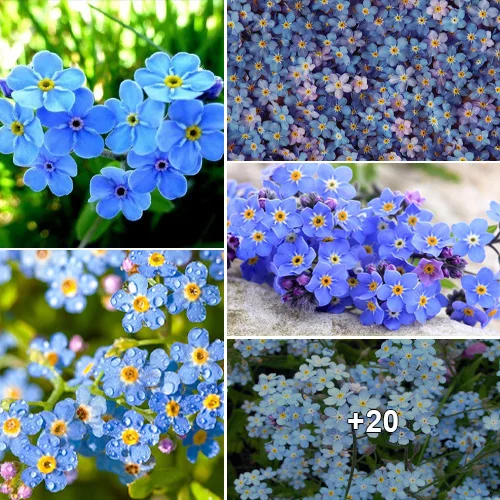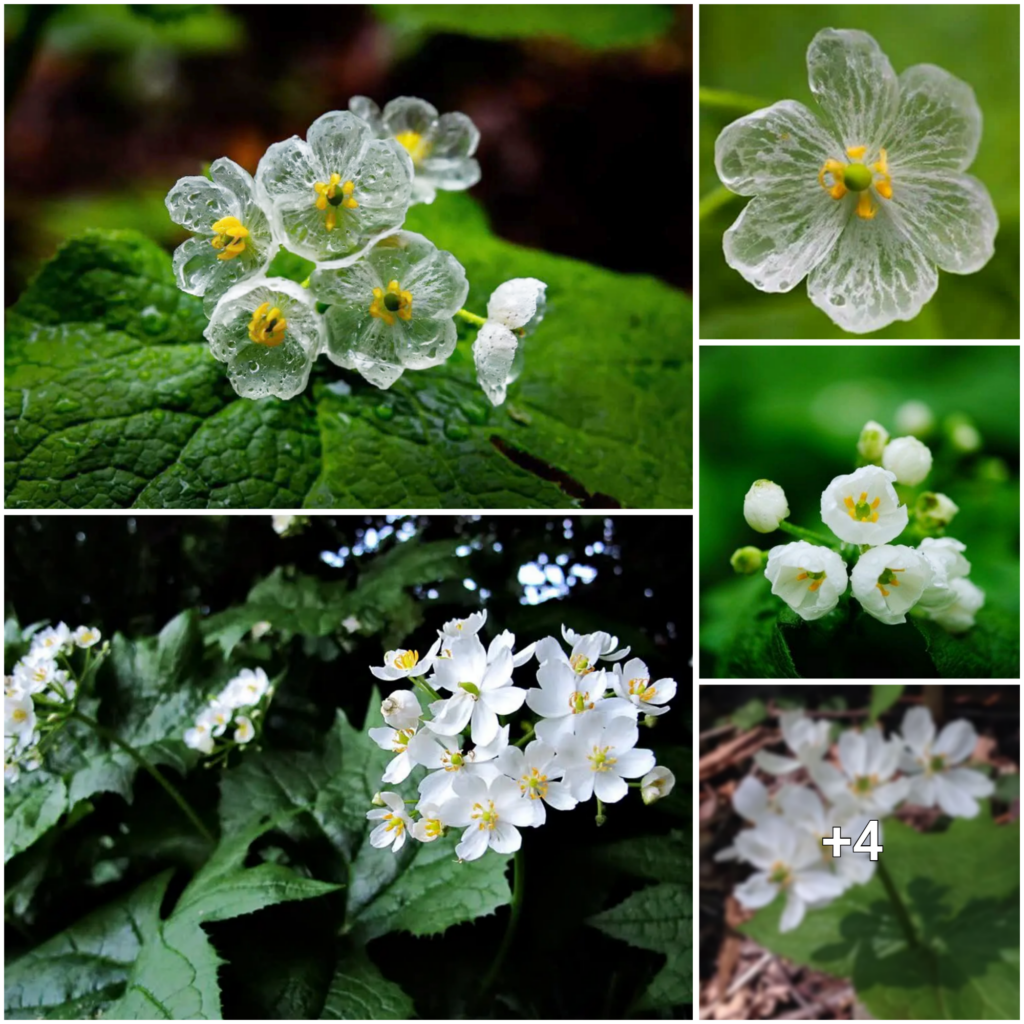The Andromeda Flower is a stunning and easily recognizable flower that comes in different hues to complement its surroundings. In this article, I will provide you with a comprehensive overview of the symbolism and significance of Andromeda flowers. You’ll also discover interesting facts about their origin, folklore, legends, and cultural importance across various countries.

The Andromeda Flower not only catches the eye with its stunning appearance but also holds a rich history of mythology and symbolism. Take a journey through time to explore the deeper meanings behind your beloved flowers.
The Andromeda Flower, also known as Japanese Andromeda, Lily of the Valley Shrub, and Pieris, resembles the Lily of the Valley but is not directly related to it. Its name is tied to the Greek myth of Andromeda, and its scientific name, Pieris japonica, indicates its Japanese roots. Pieris means muse or inspiration in Latin.
During the Victorian era, Andromeda was widely cultivated across Europe, especially in England. It became popular in the language of flowers, and Andromeda Flowers were associated with martyrdom and self-sacrifice. These flowers were commonly included in bouquets sent to individuals who had sacrificed themselves for others or were recovering from injuries related to heroic efforts. In some instances, Andromeda flowers were associated with pity or sympathy. They are an excellent choice for sending to someone who is injured or recovering.
The Andromeda Flower comes in various colors, each with its distinct symbolism. White Andromeda represents purity and innocence, pink exemplifies love and romance, and red is often associated with passion and desire. Purple Andromeda is linked to spirituality and mystery, while yellow signifies happiness and friendship. Knowing the symbolism behind each color can help you choose the perfect Andromeda Flower for the occasion.

Andromeda flowers come in different colors, each representing a specific meaning. Pink signifies playfulness, youth, joy, affection, friendship, and happiness. White stands for reflection, innocence, recovery, purity, new beginnings, and sympathy. Cream symbolizes luxury, refinement, elegance, intelligence, and celebration. Yellow represents high energy, encouragement, wealth, success, happiness, and friendship.
In Greek mythology, Andromeda was a princess who was punished for her arrogance by being chained to a rock as a sacrifice to a sea monster. However, she was saved by the hero Perseus and became his wife. This story adds to the flower’s symbolism of sacrifice and elegant beauty. Some people believe that the strands of Andromeda flowers resemble chains, which link them symbolically to this myth.
Andromeda flowers are also associated with spirituality and are often used to signify giving something up or moving forward by letting go of the past. In Japanese and Chinese flower languages, Andromeda flowers are often given as gifts to express a desire for a better future.

The beautiful Andromeda flower, also known as Asebi or Ashibi, has inspired numerous songs and poems in Japan. However, it is also considered a dangerous beauty due to its toxicity and ability to intoxicate animals and humans who consume it. The flower is a symbol of both beauty and danger, making it unique. In astrology, Andromeda is associated with the Pisces constellation and blooms in early March, making it an ideal gift for those born under this sign. The plant is widely referenced in art, literature, and woodcuts from the Meiji era of Japanese history. Andromeda Flowers symbolize sympathy, making them a great gift for those recovering from an accident or injury, or to honor the self-sacrifice of someone who tried to save others. However, caution should be taken around pets and children as the flowers are toxic.

The Andromeda Flower is a shrub that looks similar to the Lily of the Valley and is perennial in USDA zones 4b through 8b. These flowers prefer moderate temperatures and can withstand freezing winters. They bloom in early spring and finish by summer, growing up to 12 feet tall in rich soil. However, it is important to note that the entire plant is poisonous, so care must be taken when growing it around curious pets and children. Andromeda Flowers are perennial as long as they are grown in USDA zones 4b through 8b and must be grown indoors in colder zones. This flower is native to Japan and China but is widely grown in cooler zones in the United States and Europe. Despite containing toxic compounds, these flowers attract birds, bees, and butterflies. They are also a great addition to floral arrangements and share similar leathery leaf types with Rhododendrons. Andromeda flowers have symbolic meanings that include dangerous beauty, sympathy for self-sacrifice, or even an indication of celebration. Overall, Andromeda is an excellent alternative to Azaleas and Rhododendrons for those living in areas with cold climates.




